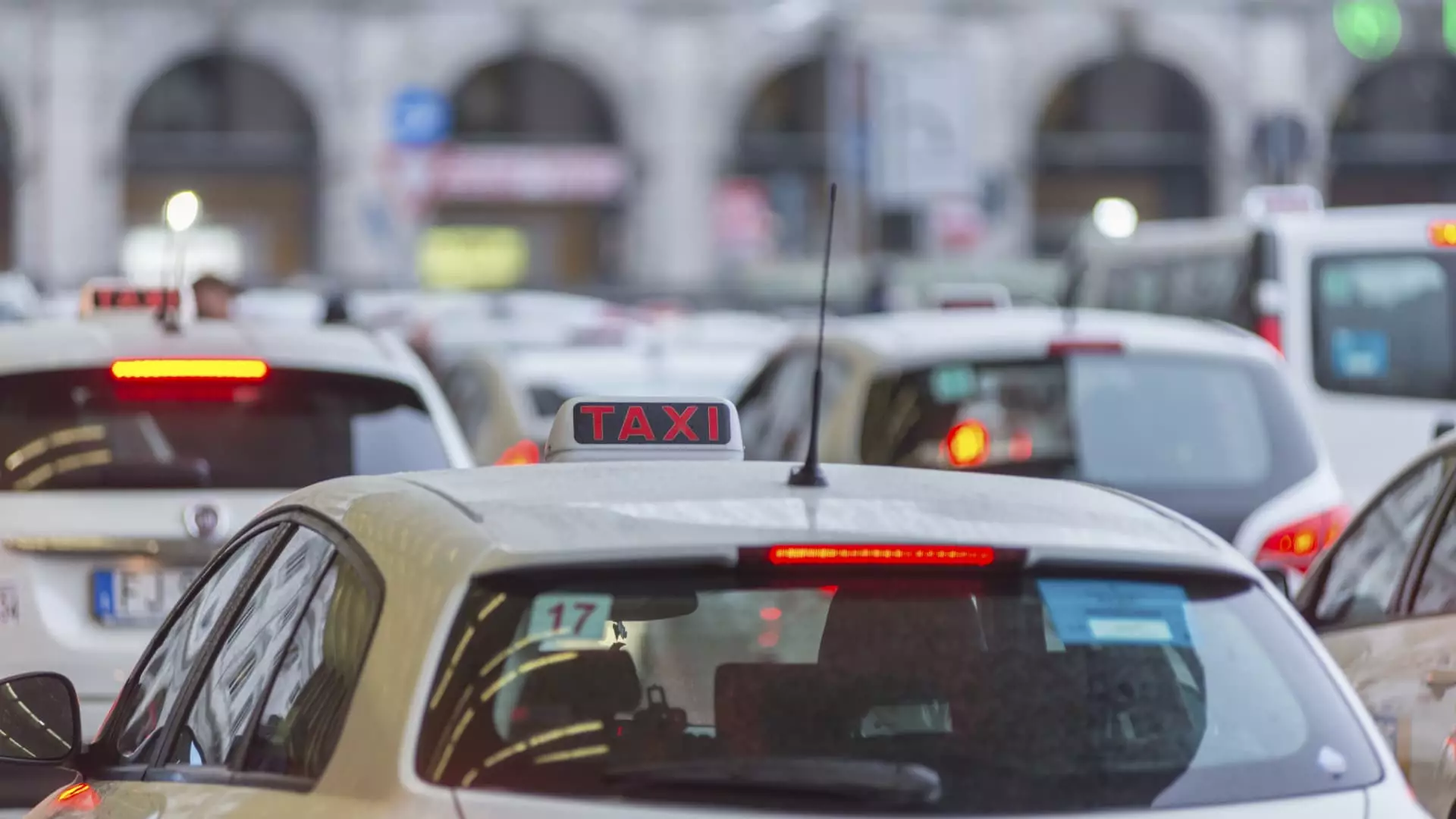Italy is a beautiful country that attracts millions of tourists every year. However, one aspect of traveling in Italy that many tourists have to deal with is the prevalence of taxi scams. It is not uncommon for taxi drivers in Italy to overcharge unsuspecting tourists and take advantage of their lack of knowledge about local rates and regulations. In this article, we will discuss some tips and strategies to protect yourself from taxi scams during your next trip to Italy.
Before arriving in Italy, it is crucial to do your research and be prepared. The first step is to download taxi hailing apps associated with major Italian taxi companies, such as ItTaxi, FreeNow, and Free Taxi. These apps allow for cashless payment and may provide some transparency in terms of rates. However, it is important to note that not all apps work in all cities, especially smaller ones. Nevertheless, having these apps can still be useful in hailing a cab off the street, which is not always easy in Italy.
Additionally, familiarize yourself with official white cabs and the city emblems. Look for taxi drivers who display their taxi licenses and vehicle registration numbers prominently. This information can provide some reassurance that you are getting into a legitimate taxi and not a scam vehicle. Furthermore, knowledge of fixed prices for specific journeys, such as airport transfers, can be beneficial. Inform yourself about tariffs, especially for journeys between airports and the city center since these rides often have a fixed price.
It is essential to understand the fare structures and variations between different cities in Italy. For example, in Rome, the taxi meter should start at 3 euros between 6 a.m. and 10 p.m. on weekdays, with an additional euro for each extra piece of luggage. However, some travel sites suggest there may be a 2 euro surcharge for rides from Roma Termini, the main train station, although this information is not officially listed. Recognize that base fares and surcharges can vary between cities, and this information is not always readily available in the taxi itself. Therefore, it is crucial to do your homework and be aware of the approximate rates in the city you are visiting.
If you want to avoid the risk of falling victim to a taxi scam altogether, consider exploring alternative transportation options. In large cities like Rome, Uber is available but with a limited fleet and higher prices. The taxi union and lobby in Italy have actively restricted the growth of ride-hailing apps, resulting in fewer options for tourists. However, using the city’s trams, buses, and the underground metro can be a convenient and affordable way to get around. Many of these modes of transport accept credit card payments, making it easier and safer for tourists to navigate the city without relying on taxis.
During my week-long visit to Rome, I had a regrettable experience with a taxi driver who attempted to scam me. The meter showed an inflated amount, and when I questioned him, he became defensive and hostile. He refused to provide a receipt and prevented me from taking a photo of his taxi license and vehicle registration number. Feeling trapped, I eventually paid the amount on the meter. The incident left me feeling unsettled and wary of taking taxis for the remainder of my trip.
As a result, I decided to explore Rome on foot and utilize the city’s public transportation system instead. I discovered that the trams, buses, and the underground metro were not only convenient but also offered the advantage of credit card payment. The Leonardo Express train from Roma Termini to Fiumicino Airport provided a hassle-free and affordable option for my airport transfer.
Taxi scams in Italy are an unfortunate reality that many tourists have to contend with. By doing thorough research, familiarizing yourself with local rates and regulations, and considering alternative transportation options, you can protect yourself from falling victim to unscrupulous taxi drivers. Remember to be cautious, stay informed, and enjoy your trip to Italy without unnecessary stress or financial losses.

